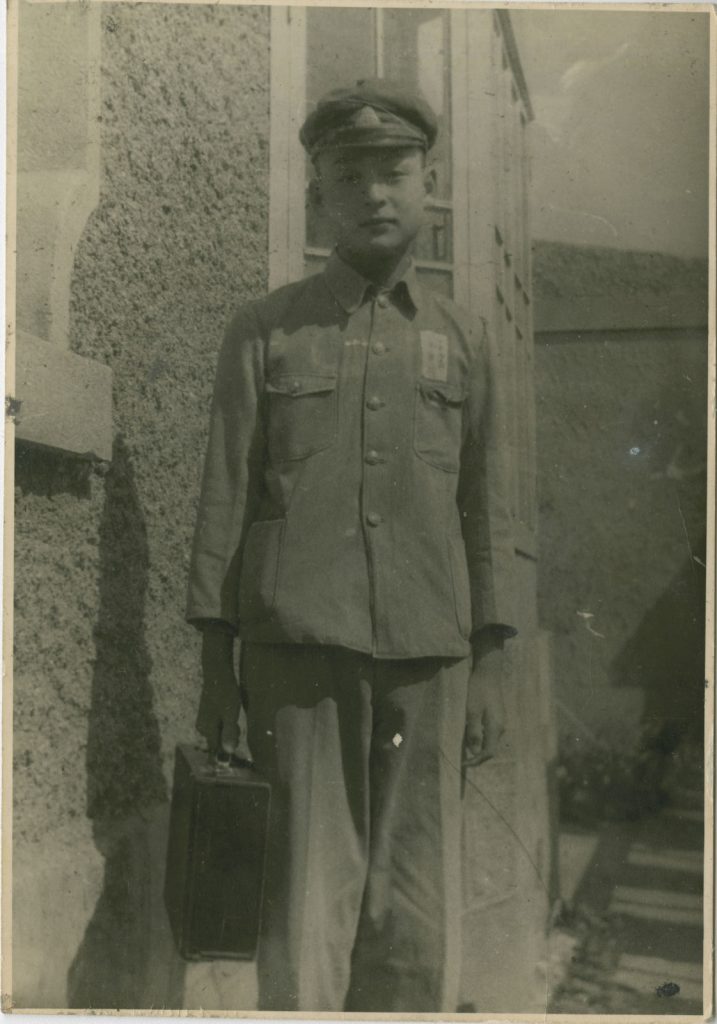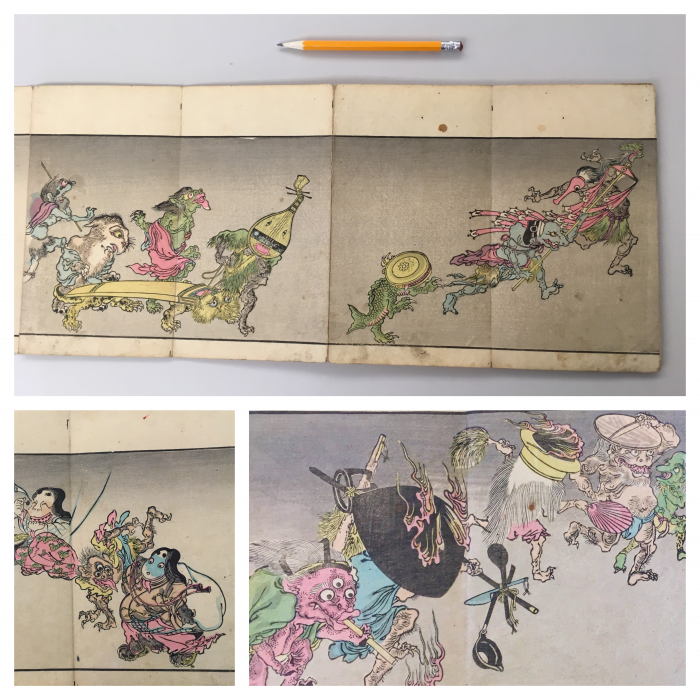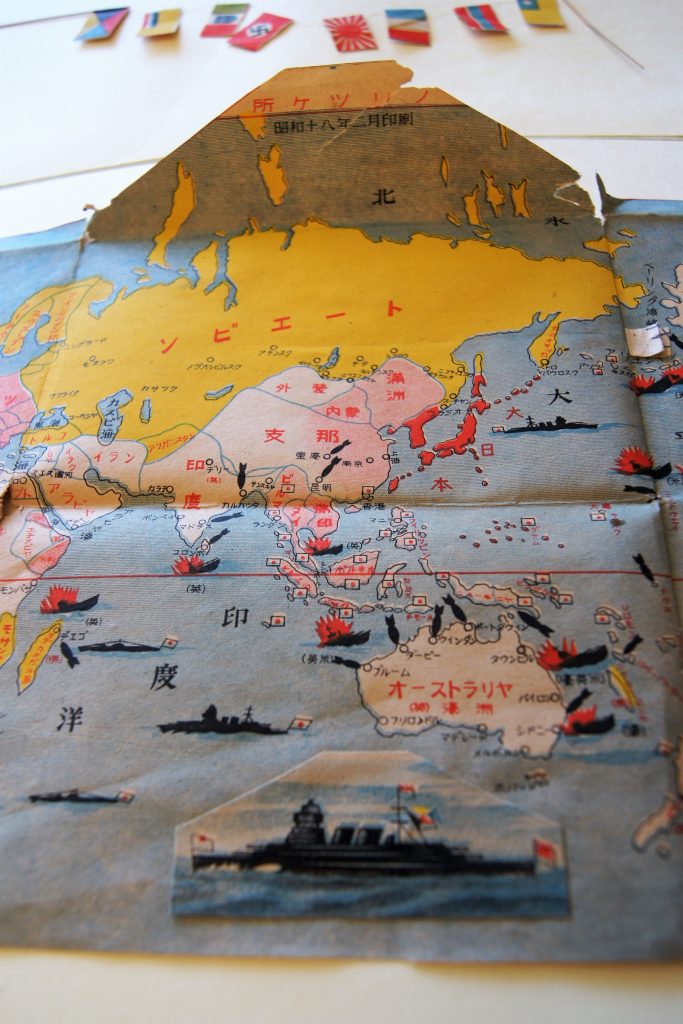
Thomas Gregory Song ca. 1940 in school uniform in Japan-occupied Dairen
(present-day Dalian, China). Image courtesy of Rare Books & Manuscripts Library
The Ohio State University Libraries is pleased to announce the Thomas Gregory Song Research Fellowship for an independent research project that makes substantial on-site use of the Thomas Gregory Song (TGS) Papers in the Rare Books and Manuscripts Library (https://library.osu.edu/collections/ SPEC.RARE.0195/collection-inventory). Written predominantly in Japanese and English (with some documents in Korean), the TGS Papers include Song family genealogical records; personal photographs from Song’s childhood; an Oral History Interview; over 2300 blog posts; and personal correspondence, journals, and essays. The TGS Papers shed significant light on topics of World History, East Asian Studies, Asian American Studies, Asian diaspora, migration, and gender and sexuality studies. For more detailed information on the Song Family history and related collections held at the University Libraries, please visit the recently launched Thomas Gregory Song Family Exhibit.
Applications are due by on Dec. 15, 2022 at 5:00pm.






